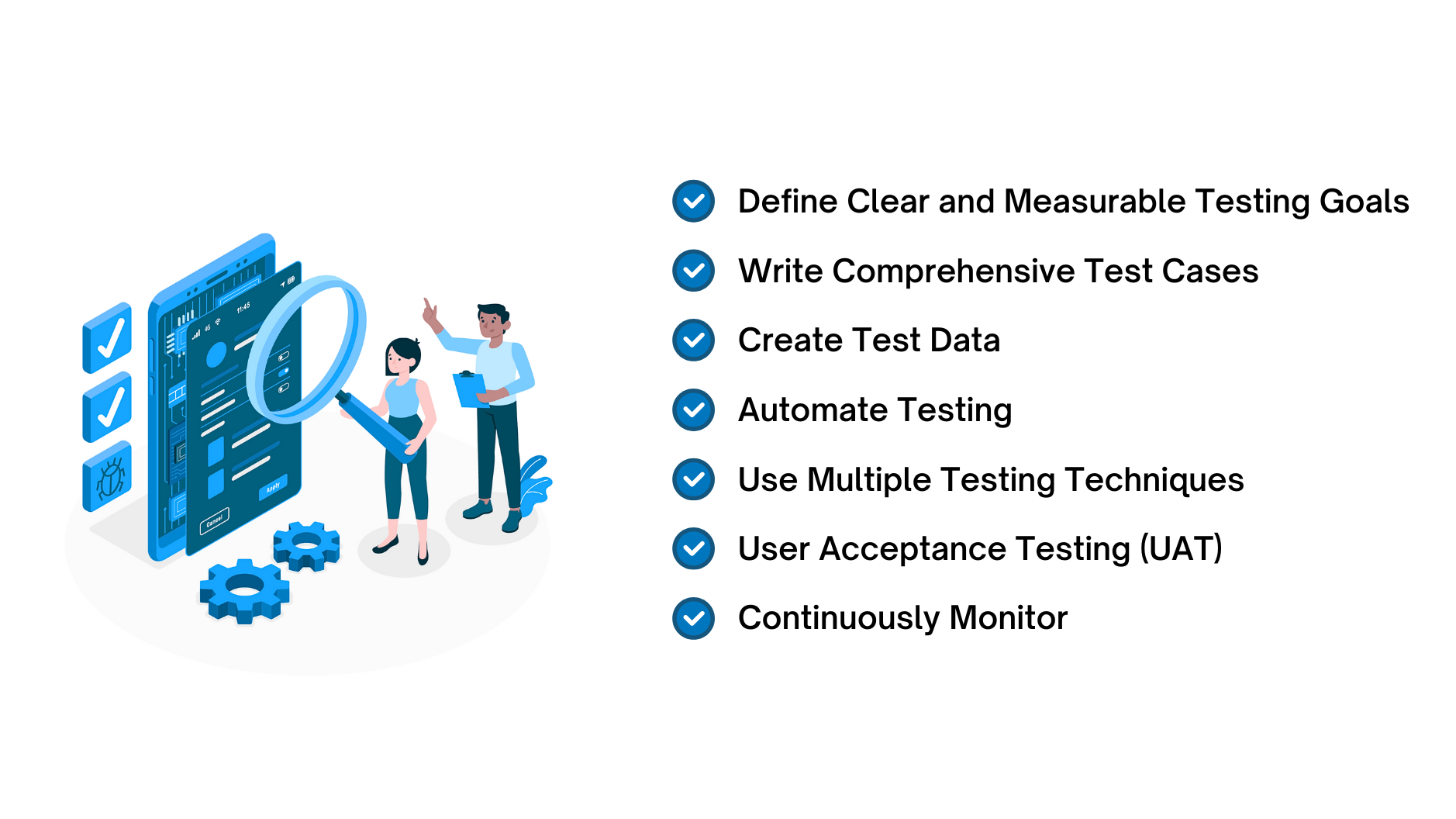BeCo Capital

1. Introduction
The BeCo Capital AI Dashboard serves as a critical tool for decision-making, data analysis, and business insights. Our goal is to thoroughly evaluate this dashboard to ensure its reliability, accuracy, and usability.

2. Testing Guidelines

2.1. Define Clear and Measurable Testing Goals
Objective: Establish what needs to be tested within the AI dashboard.
2.2. Write Comprehensive Test Cases
Develop a set of test cases covering various scenarios: – Positive cases, Negative cases.
2.3. Create Test Data
Generate relevant test data:-Simulate different user profiles (admin, analyst, viewer).
2.4. Automate Testing
Automate repetitive tasks: – Data refresh cycles. , Regression testing after updates.
2.5. Use Multiple Testing Techniques
- Functional Testing: Validate features (data filtering, drill-down).
- Usability Testing: Evaluate UI/UX (layout, responsiveness).
- Performance Testing: Check load times for large datasets.
2.6. User Acceptance Testing (UAT)
- Involve actual end-users (analysts, managers) in UAT.
- Gather feedback on usability, data accuracy, and overall satisfaction.
2.7. Continuously Monitor
Regularly assess the dashboard during development and after release. & Ensure it aligns with business objectives.
3. Challenges and Mitigations
During testing, we might encounter challenges specific to AI dashboards:
- Dynamic Data: AI models generate real-time insights. Validate data freshness.
- Complex Interactions: Test drill-down features and nested filters.
4. Conclusion
By rigorously testing the BeCo Capital AI Dashboard, we aim to enhance decision-making, empower users, and boost business intelligence. Remember to tailor this case study based on specific observations during testing.
5. Future Plans
Future enhancements include adding predictive analytics and AI-driven insights to provide deeper investment analysis and more proactive portfolio management.
